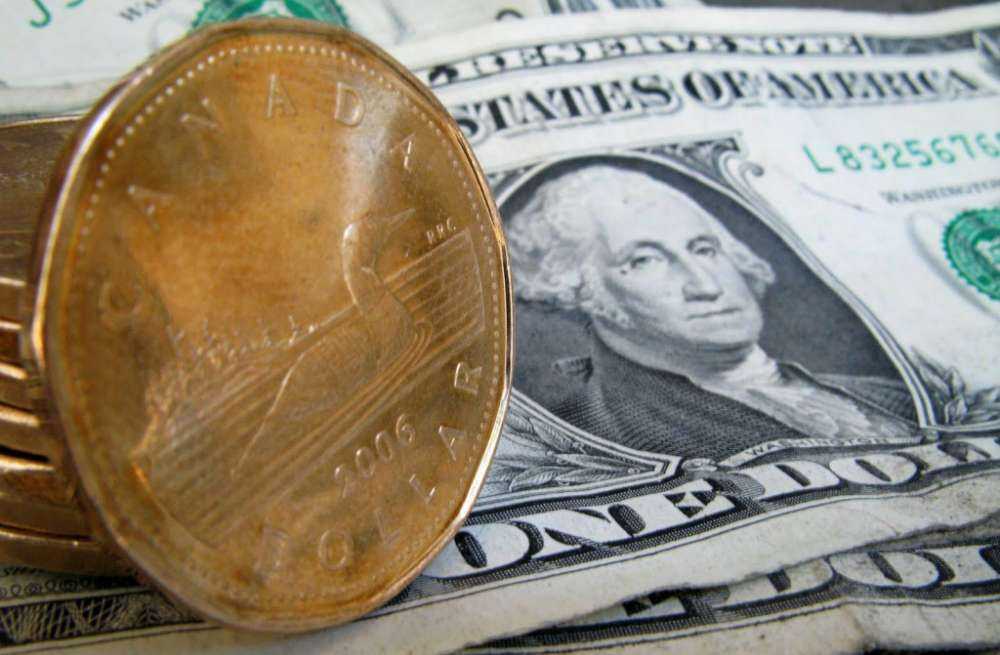BY FAZAAD BACCHUS
It is the season for jolly and merry making, the time to spend, to give gifts, to decorate and to travel. Yet all those things cost money, Canadian money, which is having a rough time these days. If you have been following the news you may notice that the Loonie has fallen to an all time low of $0.72 to the US dollar making the gap even wider than ever. Now with oil prices continuing to fall the current price at close to $35 a barrel we are in for an extended rough time.
The expectation is that the Loonie may stay around $0.70 to the US dollar until mid next year, but there are some doomsday analysts who predict a low of even $0.55. If this happens the squeeze will be even tighter, which will call for tight measures.
The truth is that no one has an idea of where we are going, if oil continues to fall, our Loonie continues to fall, however if we cut back on imports and take our exports up, then we may see an opportunity for a gain. In January of 2015 the Loonie was $0.86 to the dollar and during this year we have seen a significant drop in its value currently, a loss of about 17%, the lowest it’s been since 2004 as reported by Bloomberg News.
So how does this falling Looney affect the man in the street?
The first is that we have to watch not only what we are spending but where we are spending, due to the increase in the cost of foreign exchange. When it might have been easy to skip across the border and do most of our Christmas shopping in Buffalo we may need to reconsider if it’s actually saving us money. You may very well find that it is cheaper to buy here, in addition to limits on purchase and taxes payable it may not be such a great savings after all.
And do you normally visit friends and family in the United States for Christmas, well this year is it possible that you can reconsider this trip and even ask them if they would like to visit you? Certainly foreign exchange rates are in their favor. And what if you have already booked your vacation time off; you can go to one of the destinations where you can pay in Canadian dollars. For example you can go to Caribbean destinations where you will pay in Canadian dollars so you don’t have to worry about foreign exchange rates.
At this time you should avoid making a major purchase in the United States. Should the Loonie rise in value against the dollar this may represent a loss for you. The same applies to your investments over the next few months. The US stock and mutual fund markets have done exceptionally well over the last year and this would cause the novice investor to rush out to buy in the US stock market or the US mutual funds, but we all know that the investment market is cyclical which means that there are periods of high and periods of low.
It is advisable to discuss any major purchase with your financial advisor so that you can make the best use of your money.
Let me take this opportunity to wish you all the best for the holiday season and remember as we go into the New Year, that “A fool and his money are soon parted”.
So for dear life, hold on to your money and have a great 2016.

